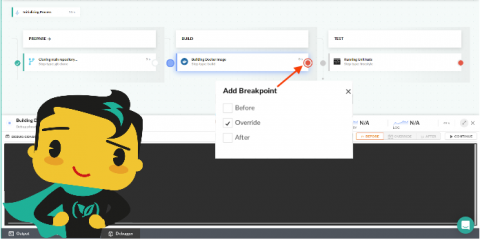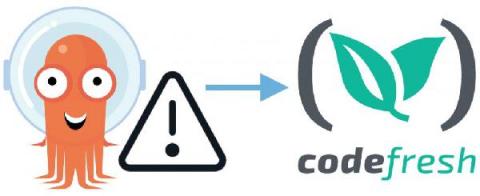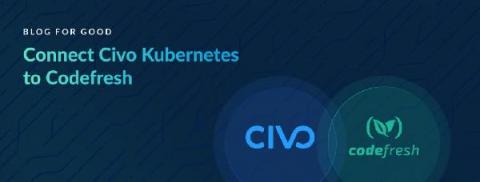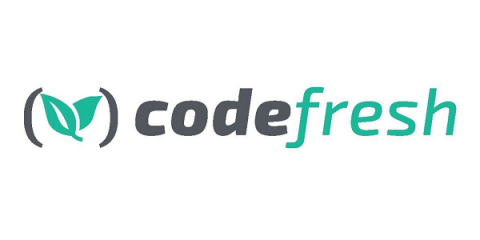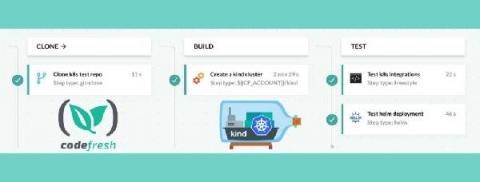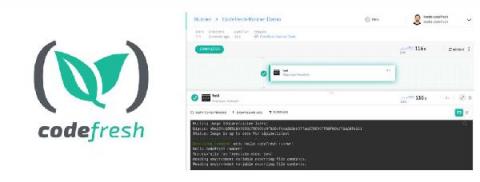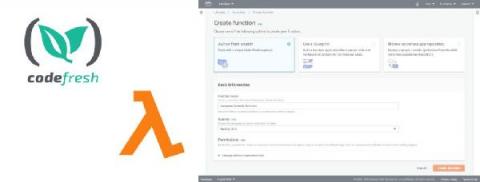Atlassian Open DevOps and Codefresh
Codefresh is excited to partner with Atlassian on their new Open DevOps launch. Codefresh is offering native support for connecting the two platforms and giving better visibility on deployments and features of each deployment for our mutual customers. At the heart of this integration is the Codefresh App; which can be found on the Atlassian Marketplace. Simply define Codefresh as the CI/CD partner that will connect to Atlassian’s DevOps API.


